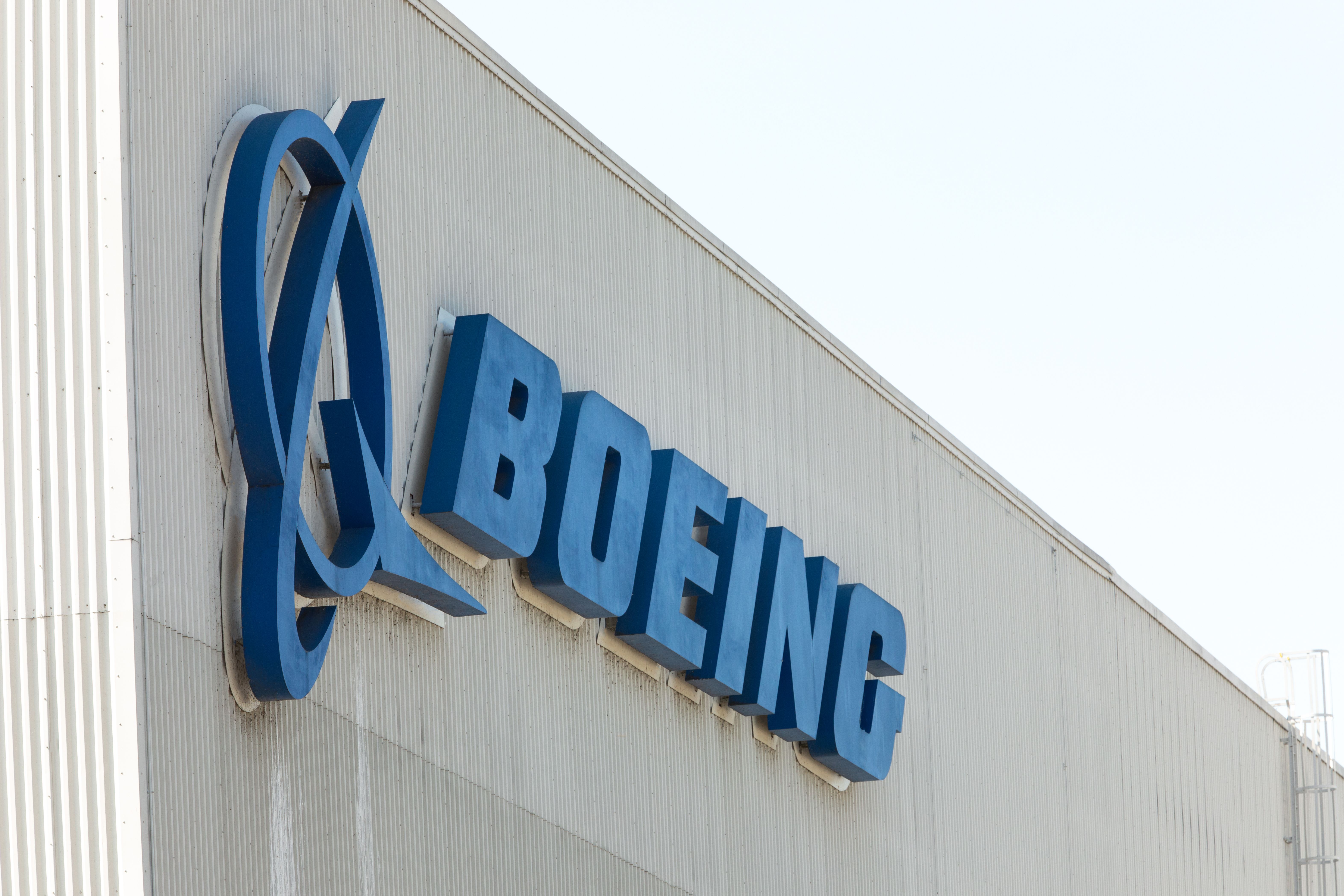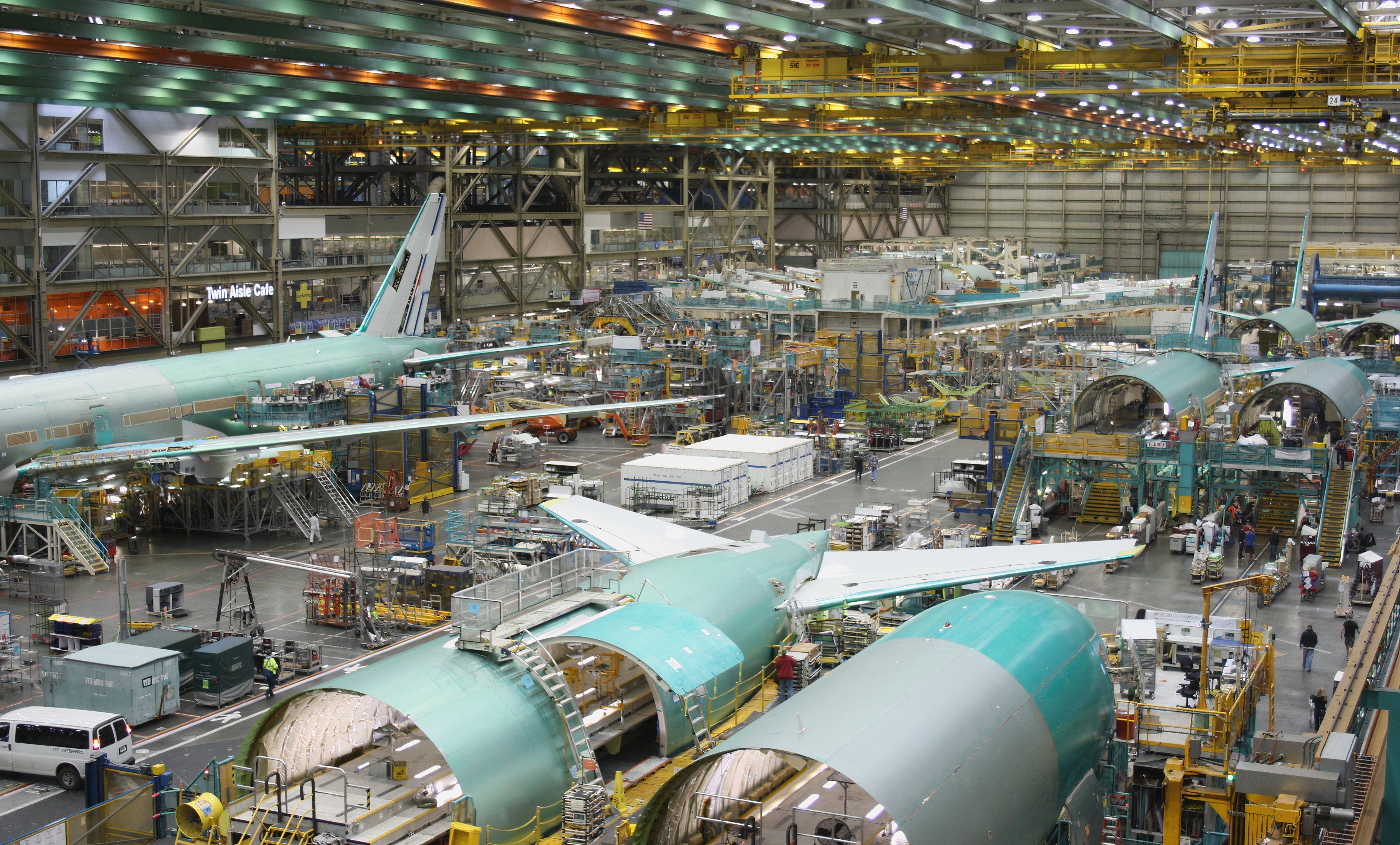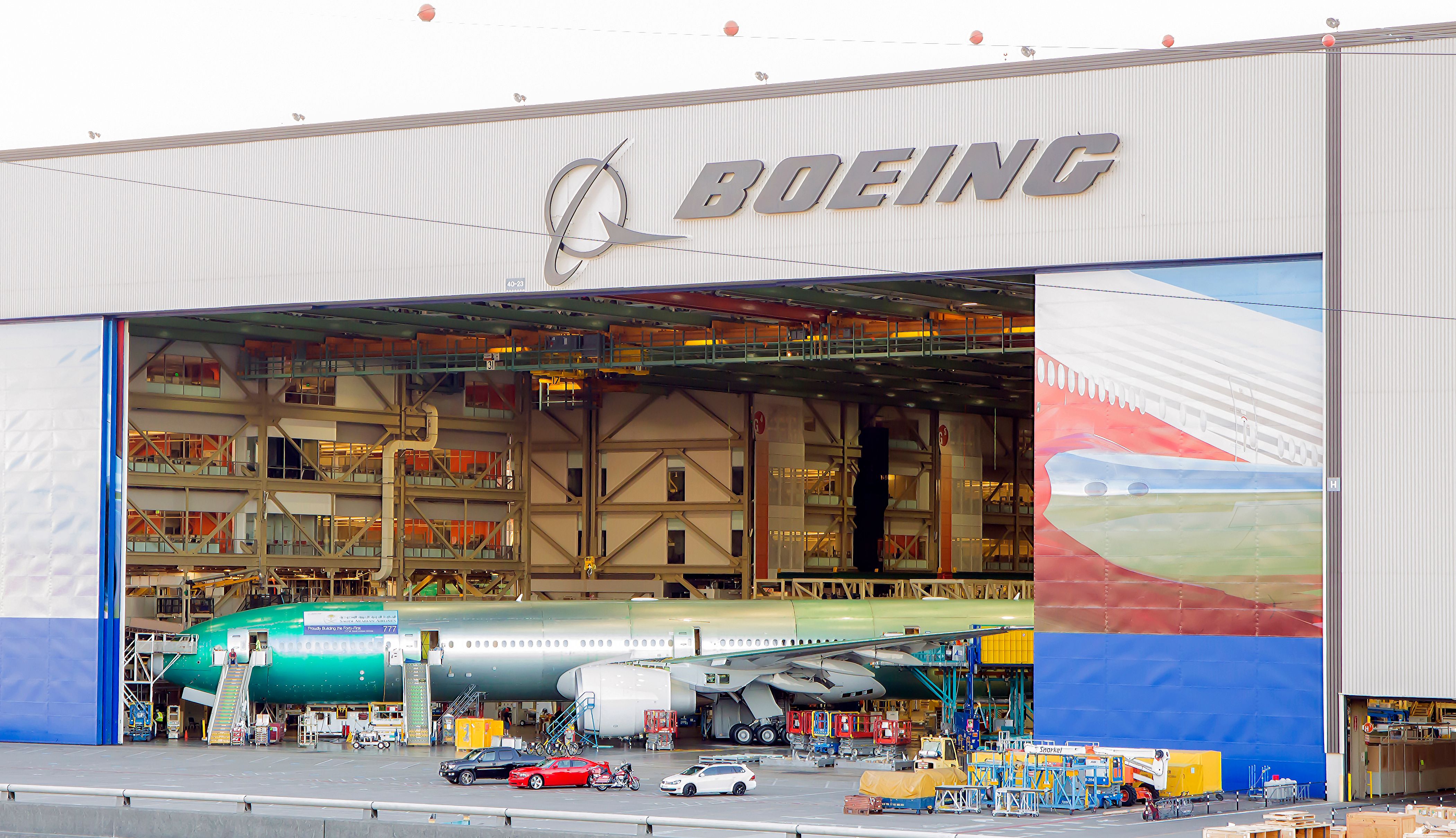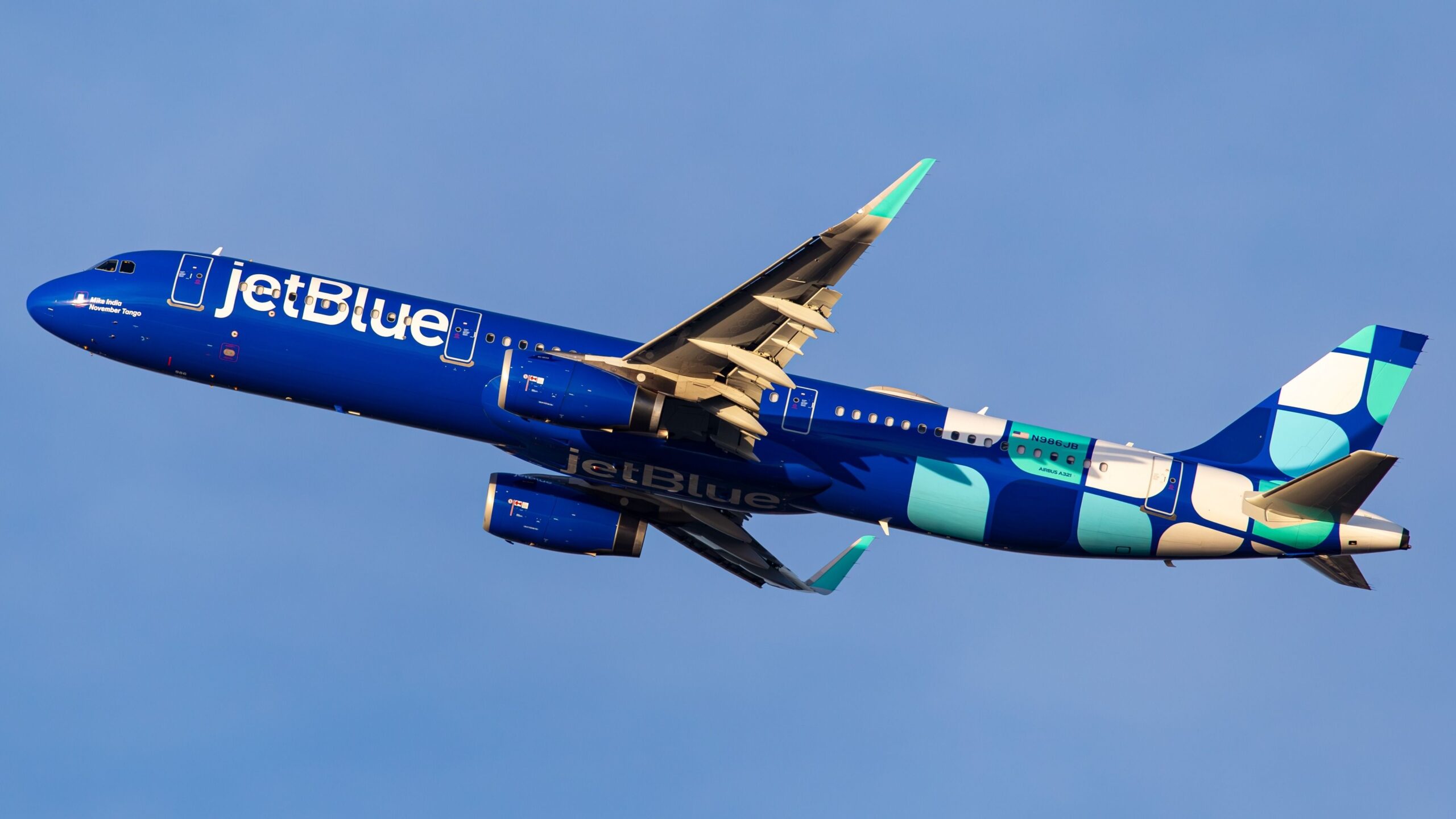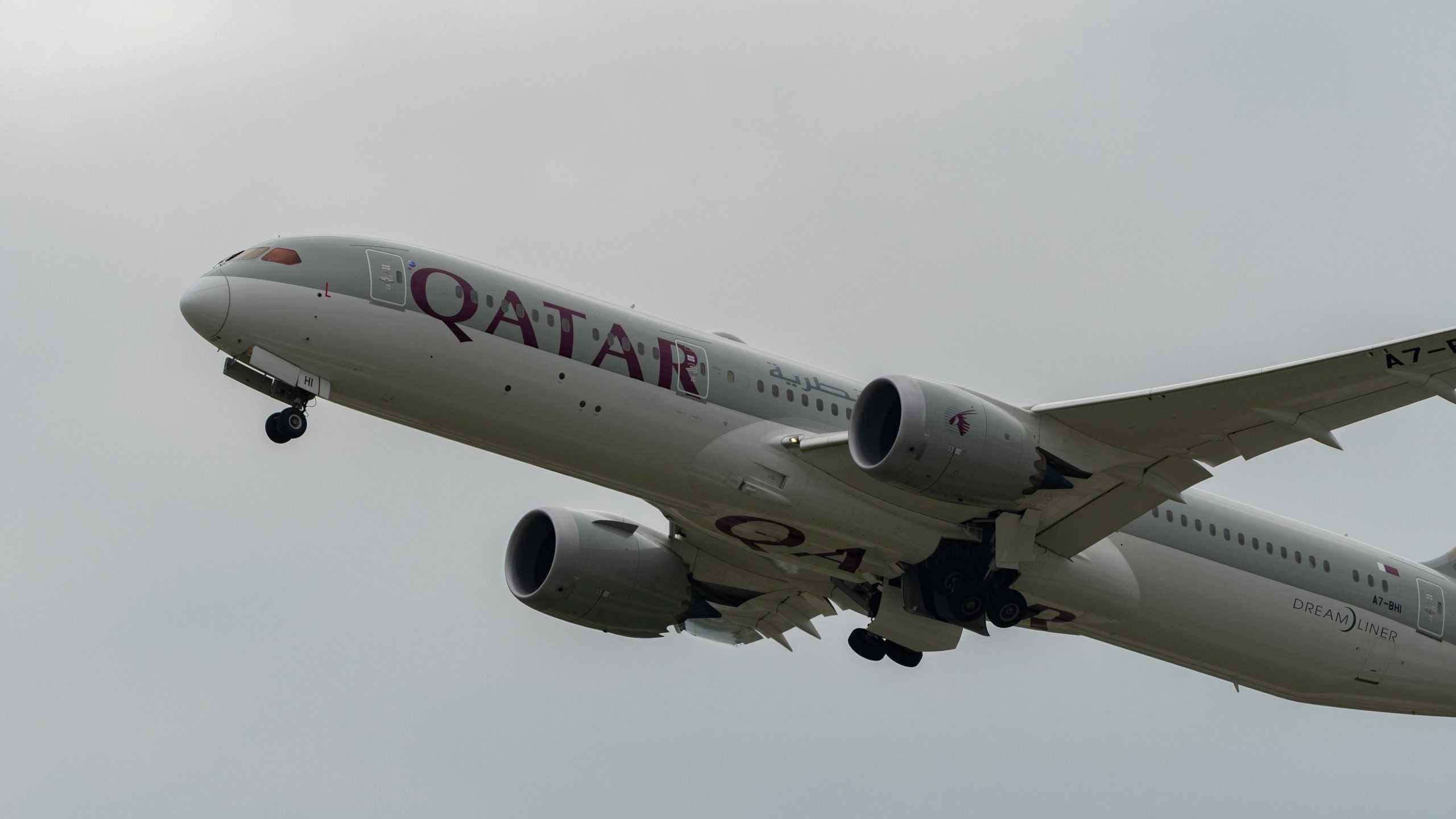With the second consecutive contract negotiation between ![]() Boeing
Boeing
and its employees, the latter party has decided to strike following the failure to come to an agreement over a new contract.
That was despite the fact that the aircraft manufacturer and its unions, representing its employees in the Pacific Northwest and California, United States
, area, namely the International Association of Machinists and Aerospace Workers (IAM), had agreed to a new tentative agreement (TA) before it was handed over to the union’s members to vote.
Resetting the relationship and addressing the mistakes of the past
However, members of IAM District Lodge 751 and IAM District W24 rejected the TA and, on September 13, put down their tools and went on strike, mainly pausing Boeing’s production since that day.
The only unaffected production line was the non-unionized assembly facility in North Charleston, where Boeing assembles the 787 aircraft
family. Outsourcing jobs related to the early production of the 787 was also a point of contention in the previous employees’ strike in 2008.
Nevertheless, in a statement on September 12, Boeing remarked that it was clear that the TA it had negotiated with IAM’s leadership fell short.
“We remain committed to resetting our relationship with our employees and the union and we are ready to get back to the table to reach a new agreement.”
The statement largely reflected the sentiment that Kelly Ortberg, the new president and chief executive officer (CEO) of Boeing, shared with employees in August. The executive said that during a meeting with the two IAM unions’ leaders, he shared Boeing’s commitment to reset their relationship and reach a new contract to build a stronger future for its employees in the region.
Photo: VDB Photos | Shutterstock
After its members had rejected the contract, the IAM released a statement on the day, praising the union’s solidarity in deciding their future.
“The Federal Mediation and Conciliation Services (FMCS) has initiated mediated conversations between the IAM and Boeing. We are scheduled to meet with FMCS for these talks early next week. This is a crucial step where we will discuss the issues that you, our Members, have identified as critical to reaching an agreement.”
In solidarity with the IAM District 751 and IAM District W24, IAM issued a statement on September 12, saying that the union was proud of the hard work and negotiations shown by the two unions’ leaders, as well as the unwavering solidarity of its members.
“Their tireless efforts have been on display throughout this entire process. Now, they will regroup and begin planning the next steps on securing an agreement that our membership can approve.”
Improvements and benefits offered in the first TA included but were not exclusive to:
Pains of yesterday
This was the first time in 16 years that both sides of the equation have been negotiating a new contract for its employees. Coincidentally, this was the first time in 16 years that Boeing has been hit with a strike by its workers.
In a June issue of the Aero Mechanic, the magazine of IAM District 751, the union said that contract talks had begun with Boeing on May 9, 2008, as the union presented its proposal to the aircraft manufacturer.
“With soaring profits and record aircraft orders, the Boeing company should be looking to its 27,000 Machinist with a combination of gratitude and partnership.”
Instead, the company used the first round of negotiations to present a platform for discussion, which outlined many of the takeaway issues that resulted in the strike three years before, the union said.
These issues included but were not exclusive to the elimination of retiree medical for new hires and a proposal to end the traditional pension plan for new hires.
Photo: VDB Photos | Shutterstock
Still, the magazine read that the union would continue stressing the soaring profits the company was making and that it should be shared with its employees during the negotiation process.
In a blunt assessment of the situation, Tom Wroblewski, the then-president of IAM District 751, stated that Boeing’s negotiation strategy was as flawed as the 787 production model, which was running years late at that point.
Initial and weeks-long shutdown of production
The subsequent monthly issue of Aero Mechanic reflected that on July 16, thousands of IAM District 751 members walked off their jobs, shutting down aircraft production, and filled Key Arena – now known as the Climate Pledge Arena – approving a strike with a 99% vote.
The same issue stated that there was little progress in the contract talks, with the union saying there was a “lack of measurable progress on issues members identified in our surveys.”
Voting was scheduled to occur between September 3 and September 5. However, before the union’s members could cast their vote, IAM District 751 recommended its members vote against the TA and approve a strike.
In response, Boeing said that it was “extremely disappointed that the union is recommending that our employees reject what adds up to be the best contract in the aerospace industry” in a statement on August 29, 2008.
A day before, the company issued a statement that it had offered a contract that included a GWI of 11% over three years, cost-of-living adjustments, and other bonuses and benefits. The union’s members rejected that TA and approved a strike.
Photo: First Class Photography | Shutterstock
At the same time, there was another curveball, as a federal mediator had forced both sides to continue negotiating, postponing the strike for 48 hours, according to a report by NPR on September 5.
That curveball was hit back, and instead of Boeing securing the ninth inning and winning the game, the machinists scored a home run to at least tie the game. As a result, the strike began on September 6.
A Boeing spokesperson told The Seattle Times that the company had not intended to assemble aircraft during the labor action.
By late September, there had been barely any progress in alleviating the strike and/or tensions between the two sides, and while the union cited Boeing’s record profits over the past few years, the global financial crisis and the upcoming recession loomed over the manufacturer and its main customers, namely airlines.
At around the same time, Ben Bernanke, Federal Reserve Chairman, and Henry Paulson, the Treasury Secretary, had told Nancy Pelosi, the Speaker of the House of Representatives, that if Congress does not approve a $700 billion plan to save the economy, the US will not have an economy by Monday, September 22, 2008, according to a report by The New York Times.
Similarly, the current day economy is shaky. Not to the extent of what was happening in 2008, but policymakers have a challenge to ensure its stability in the next few months.
Airlines for America (A4A), a trade association uniting several US-based carriers, published its H1 report that domestic capacity growth is falling, and while revenues are growing, yields were down 2.4% year-on-year (YoY).
Talks resuming, stopping, and resuming once again
However, today’s worries had no effect on the negotiations between Boeing and IAM District 751 in 2008. Despite the situation worldwide, talks had only resumed on October 8, 2008.
Even then, Boeing’s statement on that day read that both sides had met “to review issues,” yet there was no scheduled date for mediated talks.
On October 13, 2008, the aircraft manufacturer stated that the second round of talks had been unfruitful and that the two sides were back at an impasse.
Doug Knight, the then-vice president of Human Resources of Boeing, said that the company had hoped that, due to the current economic situation, both sides could find a way forward on that day.
“We want to resolve this strike so employees can return to work, but we cannot sacrifice our ability to continuously improve productivity and our long-term competitiveness for an agreement. Given current economic conditions, it is now more important than ever that we retain the ability to respond to a dynamic, uncertain environment.”
Meanwhile, the union’s magazine issue in October described the resumed talks as “insulting.” The issue was not a new contract offer or an impasse that could not be solved but rather Boeing’s admittance to its intent “to increase the use of vendors and replace our members inside the plant with outside contractors,” according to IAM District 751.
No new negotiating rounds were scheduled at the time, and both sides were back at square one. Exactly seven days later, Boeing confirmed that the two sides would meet again on October 23, 2008.
On October 27, 2008, Boeing and IAM District 751 had agreed to a new, four-year TA, with Scott Carson, the then-president and CEO of Boeing Commercial Airplanes (BCA), describing it as “outstanding.”
Photo: cpaulfell | Shutterstock
The union’s members thought similarly, and on November 2, 2008, voted to approve the contract, ending a 58-day strike.
In a statement on that day, Carson said that the company was looking forward to welcoming everyone back to resume work and build aircraft for its airline customers.
IAM District 751’s monthly issue of Aero Mechanic in November was headlined by three words: ‘SOLIDARITY PAYS OFF.’
During the same year, Boeing avoided another strike by agreeing to a new contract with the Society of Professional Engineering Employees in Aerospace (SPEEA) and its 21,000 members in early December 2008.
Nevertheless, Boeing’s 2008 annual report detailed that the company’s annual revenues deteriorated by $5.4 billion, largely driven by BCA’s revenue decrease of $5.1 billion.
“[…] primarily as a result of decreases in new airplane deliveries reflecting the effects of the labor strike, partially offset by higher intercompany revenues and higher pre-strike deliveries and model mix. We delivered 104 fewer than expected airplanes due to the IAM strike during 2008.”
The timeline of the Boeing’s strike in 2008:
- Negotiations begin on May 9, 2008
- Initial production shutdown on July 16, strike approved by a 99% vote
- Strike starts on September 6, 2008
- Preliminary talks between Boeing and IAM District 751 to resume negotiations begin on October 8, 2008
- Second round of mediated talks collapsed on October 13, 2008
- Another TA agreed to on October 27, 2008
- Strike ends on November 2, 2008



